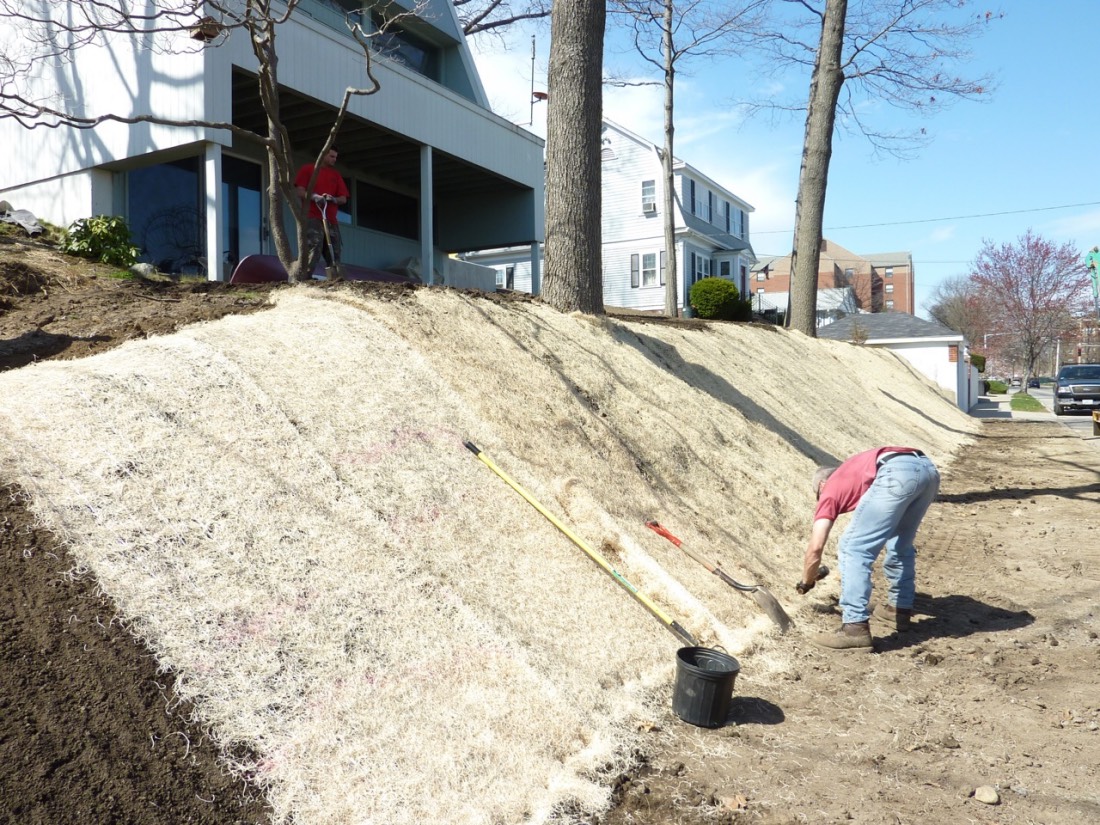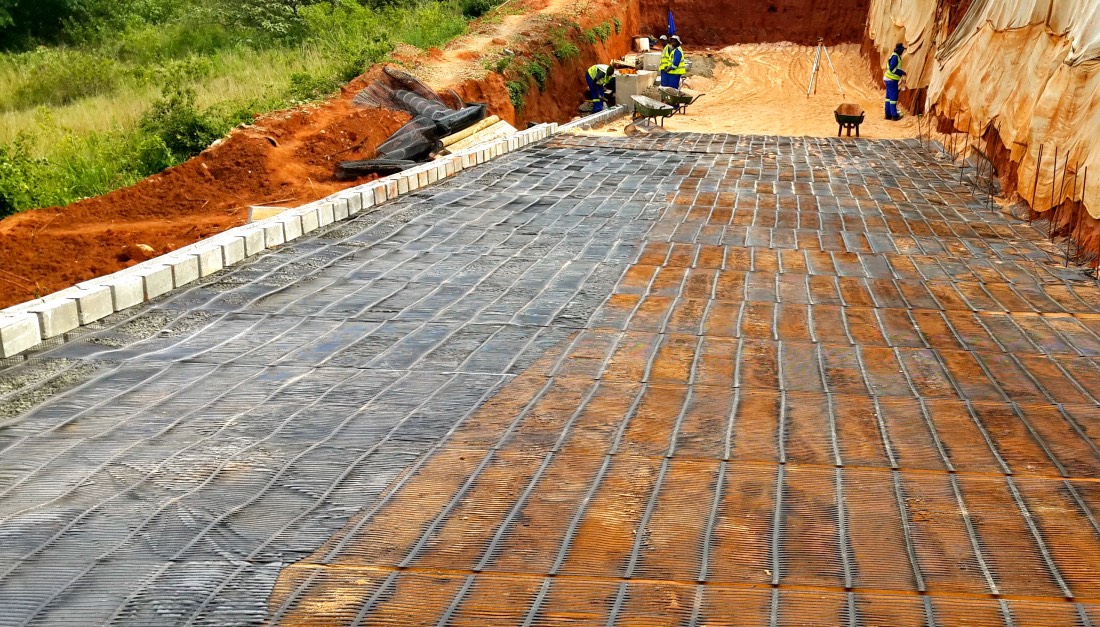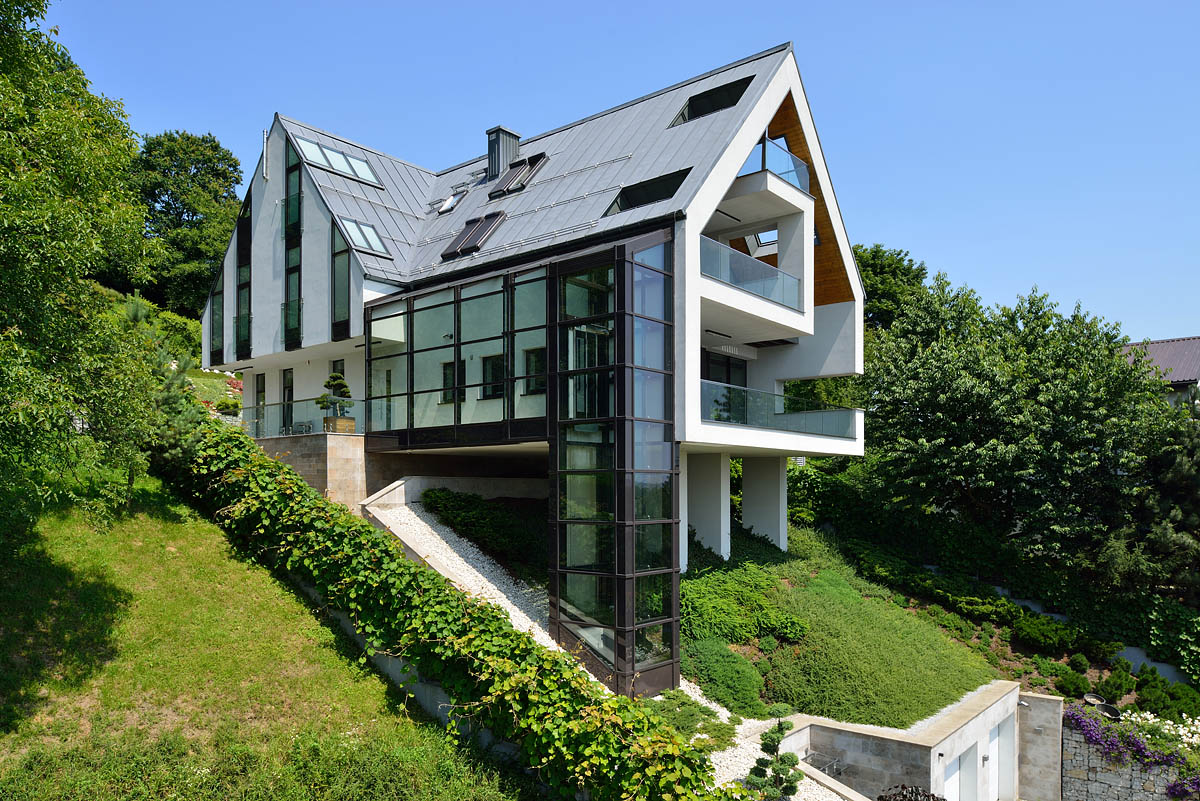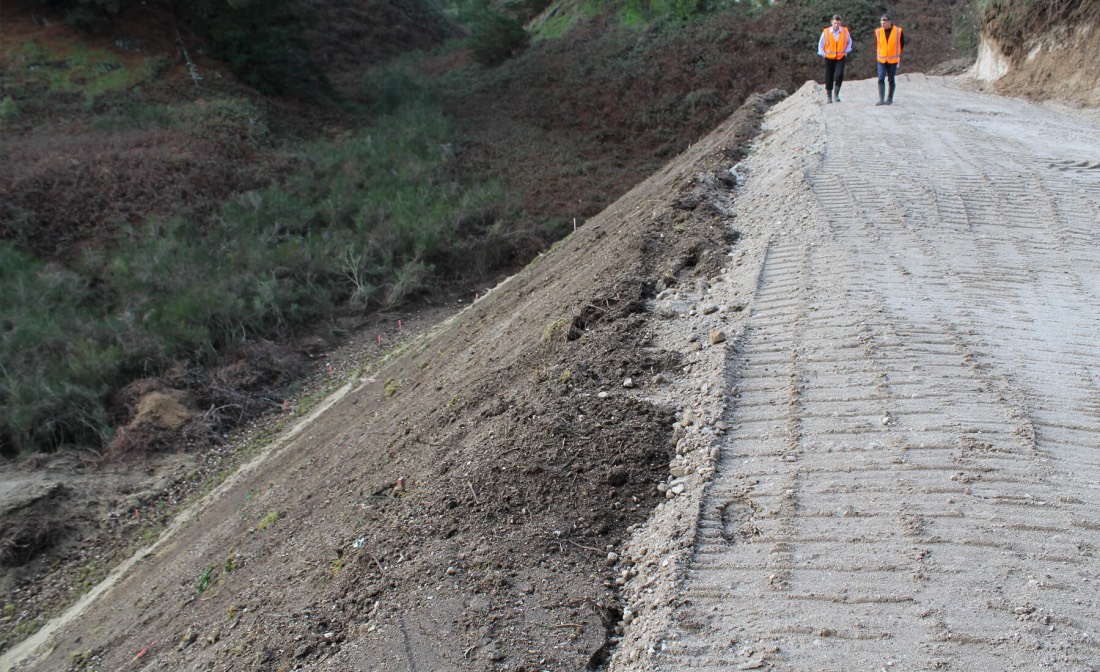[dropcap]D[/dropcap]eveloping infrastructure on sloping land can be extremely challenging. This is because the chances of soil erosion are high as the small soil particles might detach and move to the aggregate soil base. An appreciable slope is rarely available on the ground naturally. Construction engineers have to deal with different kinds of sloping lands. Hence, appreciable slopes have to sometimes be added to or alongside buildings. Other times, natural slopes are used (this is rare in construction but common in agriculture and cultivation).
For careful development of infrastructure on sloping land, construction engineers have to first prepare the ground. The following are the ideal techniques for developing infrastructure on sloping lands.
Cut the Land and Fill
When the slope is higher than the ground level, it is necessary to add some dry fill such as concrete or broken bricks to increase the soil volume. Cutting the land and filling it with concrete is a cost-effective solution. However, it is not an environment-friendly solution as concrete does not allow water and air circulation which may lead to soil erosion. Soil reinforcement technology is a safer and better alternative for this.
For slopes, a stepped concrete foundation must be filled in the cavity which goes diagonally with the slope.

Incorporate Soil Reinforcement Technology
Soil reinforcement is a bioengineering technique for enhancing the natural strength of the soil by providing it support and balancing out soil nutrients. Soil reinforcement technology can balance soil texture. Along with that, it can reduce the chances of erosion for agricultural purposes.
In the construction industry, soil reinforcement technology provides natural flow of air and water without displacing small soil particles. It also provides support to the construction against the effects of natural disasters and environmental changes. The procedure of soil reinforcement includes placement of tensile elements diagonally for maximising natural stability. Soil reinforcement technology also ensures equal distribution of moisture and load. Popular products available include Biomac® and MacTex® EC, both of which can be found here: https://www.maccaferri.com/us/solutions/reinforced-soil-walls-slope-reinforcement/

Thickness of the Wall
This technique is commonly used in construction. When the slope is prepared with landfill such as concrete, the soil puts pressure on any construction on the surface including walls. Hence, the thickness of the wall should not be less than a quarter of the cavity filling.
Drainage and Sewerage
A sloping land site may require you to invest more in drainage and sewerage. If your site slopes from a surface that has fairly shallow drainage, then you may need to install a pumped sewage system. If your required site is sloping down from the road, then you may need to install tumble bays and manholes to regulate the fall of sewerage water. In such a case, a pumped sewage system is recommended as rain and flood water may overflow and enter public areas.

Constructing on Stilts
A series of supporting columns or stilts can help you build a wall or construction site from the slope. This negates the needfor building a tank, extensive foundations or a sloping ground. The site is relatively left untouched, allowing plantation or vegetation of all sorts. Construction of the columns or stilts can also be practiced at multi-storey buildings.

Topsoil Treatment
Water repulsion is common in untreated topsoil. In agricultural lands, the topsoil on the slope can be treated with the use of geotextiles. In some cases, the topsoil needs to be removed to ensure re-vegetation. If the topsoil has not eroded yet, you can incorporate geotextiles to support re-vegetation.
Soil Nailing
New or existing slopes can be slippery and dangerous. Soil nailing is a remedial technique in the construction industry used to treat unstable or imbalanced soil. It is closely linked to soil reinforcement. In soil nailing, slender reinforcing elements such as reinforcing bars are inserted into the land using a hollow system or proprietary solid bars.
The solid bars are installed in the ground using three different techniques. Drilling is used forbasic soil nailing. For larger surfaces, isolated nail head plates are inserted in the ground for tensile strength. In rare techniques, kinetic bars are shot for installation.
Soil nailing and soil reinforcement are different technologies in terms of their application, but with similar effects. Soil nailing is more suitable for construction and non-irrigationlands. Soil reinforcement is suitable for agricultural lands and larger surfaces, as well as for construction and non-irrigation grounds.












